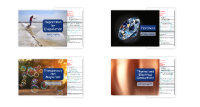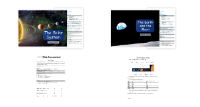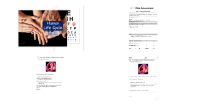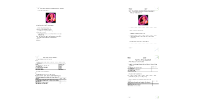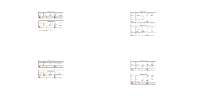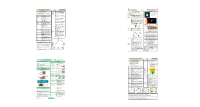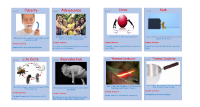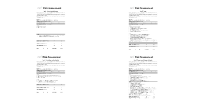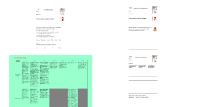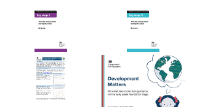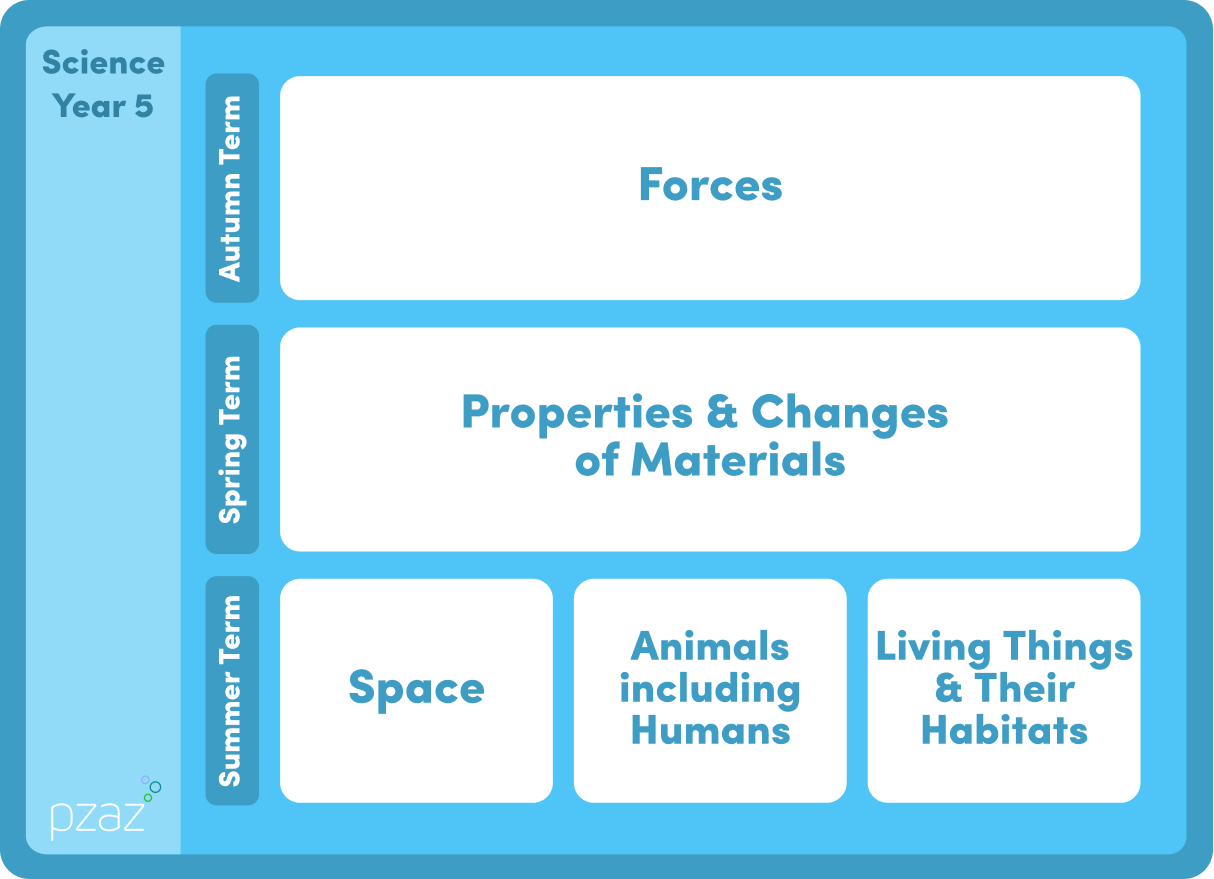Living Things and their Habitats
Science Unit Description

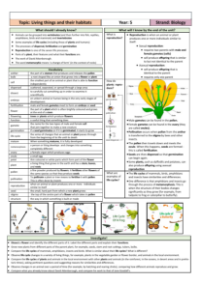
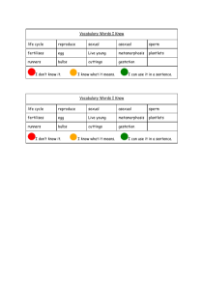
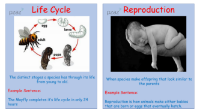
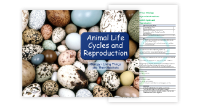
This lesson is designed to help pupils understand the life process of reproduction in some animals and to describe the differences in the life cycles of a mammal, an amphibian, an insect and a bird.
The lesson aims to correct misconceptions such as all animals being born, no mammals laying eggs, and offspring always being different from the parent. The keywords for this lesson include sexual reproduction, mating, hatch, birth, and offspring. Influential scientists such as Robert Hooke, Rachel Carson, Andreas Vesalius, Jane Goodall, Johann Naumann, and Emily Arnesen are also included in the lesson.
Activity: Worm Charming
The worm charming activity requires pupils to work in groups of 4 with equipment such as 2 sticks, a plastic container, water, a trowel, mustard powder, and a jug. The activity involves charming worms and collecting them, as well as observing their behavior in response to different stimuli such as vibrations, mustard solution, and plain water.
Science Explained
The science behind worm charming is that the vibrations created by tapping a thick stick pass through the soil, mimicking the movement of moles. This is a survival mechanism for worms as moles love to eat them. Worms play an important role in the health of soil by breaking down organic matter and leaving behind important plant and animal nutrients.
Possible Questions
- Why do worms move to the surface when it rains?
- How many worms were in your patch of ground?
- Do you think worms are useful or not? Why do you say this?
Activity: Worm Farm
The worm farm activity requires pupils to work in groups of 4 with equipment such as a 2l bottle, sand, soil, water, scales, ruler, scissors, straw, sticky tape, grated carrot, potato peelings, used teabags, parsnips, and newspaper. The activity involves creating a worm farm and observing the worms' behavior and growth over time.
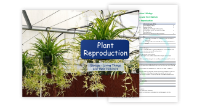
The purpose of this lesson is to describe the life process of reproduction in plants. Pupils will be expected to state that plants can reproduce either sexually or asexually, and describe some methods for asexual reproduction in plants. This lesson will build on previous learning from earlier grades, including the structure of plants, their life cycle, and the role of flowers in the pollination process.
This lesson aligns with the National Curriculum and the Yr. 6 Evolution and Inheritance and Living Things and their Habitats units. Cross-curricular links will be made to English (report writing), Maths (line graph drawing), and History (researching the voyage of the Beagle).
Some important safety considerations include being aware of allergies, washing hands after handling plants, and avoiding hazardous species when collecting plants. It is also important to note that offspring of organisms may not always be different from their parents, as asexual reproduction can result in identical offspring.
Keywords for the lesson include sexual and asexual reproduction, regeneration, cutting, and fragments. Influential scientists for this lesson include Gregor Mendel, Charles Darwin, Agnes Arbor, Mary Chase, and Theophrastus.
The lesson will include two activities: Plant Reproduction Research and Asexual Reproduction in Plants 1 (WS). The Plant Reproduction Research will involve producing a report explaining the differences between sexual and asexual reproduction in plants and including several types of asexual reproduction. The Asexual Reproduction in Plants 1 (WS) activity involves growing different plant specimens in soil and water to observe and compare growth over time.
Preparation and Resources
It is important to prepare ahead of time by planting vegetables and cuttings 6 weeks before the lesson. On a weekly basis, pupils will collect their results which will be discussed in class. Pupils should have the results table written in their books and there should be designated plant waterers to ensure the plants remain healthy.
Equipment for the activities includes learning pads for the Plant Reproduction Research and plastic cups, tomatoes, potatoes, onion, spring onion, carrots with leaves, ginger roots, soil, water, cocktail sticks, labels, and a ruler for the Asexual Reproduction in Plants 1 (WS) activity.
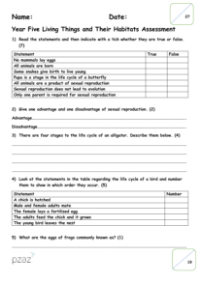
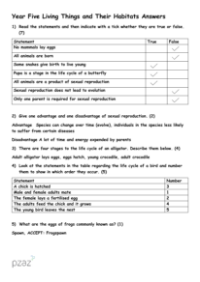
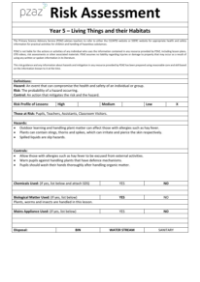





This lesson is designed to help pupils understand the life process of reproduction in some animals and to describe the differences in the life cycles of a mammal, an amphibian, an insect and a bird.
The lesson aims to correct misconceptions such as all animals being born, no mammals laying eggs, and offspring always being different from the parent. The keywords for this lesson include sexual reproduction, mating, hatch, birth, and offspring. Influential scientists such as Robert Hooke, Rachel Carson, Andreas Vesalius, Jane Goodall, Johann Naumann, and Emily Arnesen are also included in the lesson.
Activity: Worm Charming
The worm charming activity requires pupils to work in groups of 4 with equipment such as 2 sticks, a plastic container, water, a trowel, mustard powder, and a jug. The activity involves charming worms and collecting them, as well as observing their behavior in response to different stimuli such as vibrations, mustard solution, and plain water.
Science Explained
The science behind worm charming is that the vibrations created by tapping a thick stick pass through the soil, mimicking the movement of moles. This is a survival mechanism for worms as moles love to eat them. Worms play an important role in the health of soil by breaking down organic matter and leaving behind important plant and animal nutrients.
Possible Questions
- Why do worms move to the surface when it rains?
- How many worms were in your patch of ground?
- Do you think worms are useful or not? Why do you say this?
Activity: Worm Farm
The worm farm activity requires pupils to work in groups of 4 with equipment such as a 2l bottle, sand, soil, water, scales, ruler, scissors, straw, sticky tape, grated carrot, potato peelings, used teabags, parsnips, and newspaper. The activity involves creating a worm farm and observing the worms' behavior and growth over time.

The purpose of this lesson is to describe the life process of reproduction in plants. Pupils will be expected to state that plants can reproduce either sexually or asexually, and describe some methods for asexual reproduction in plants. This lesson will build on previous learning from earlier grades, including the structure of plants, their life cycle, and the role of flowers in the pollination process.
This lesson aligns with the National Curriculum and the Yr. 6 Evolution and Inheritance and Living Things and their Habitats units. Cross-curricular links will be made to English (report writing), Maths (line graph drawing), and History (researching the voyage of the Beagle).
Some important safety considerations include being aware of allergies, washing hands after handling plants, and avoiding hazardous species when collecting plants. It is also important to note that offspring of organisms may not always be different from their parents, as asexual reproduction can result in identical offspring.
Keywords for the lesson include sexual and asexual reproduction, regeneration, cutting, and fragments. Influential scientists for this lesson include Gregor Mendel, Charles Darwin, Agnes Arbor, Mary Chase, and Theophrastus.
The lesson will include two activities: Plant Reproduction Research and Asexual Reproduction in Plants 1 (WS). The Plant Reproduction Research will involve producing a report explaining the differences between sexual and asexual reproduction in plants and including several types of asexual reproduction. The Asexual Reproduction in Plants 1 (WS) activity involves growing different plant specimens in soil and water to observe and compare growth over time.
Preparation and Resources
It is important to prepare ahead of time by planting vegetables and cuttings 6 weeks before the lesson. On a weekly basis, pupils will collect their results which will be discussed in class. Pupils should have the results table written in their books and there should be designated plant waterers to ensure the plants remain healthy.
Equipment for the activities includes learning pads for the Plant Reproduction Research and plastic cups, tomatoes, potatoes, onion, spring onion, carrots with leaves, ginger roots, soil, water, cocktail sticks, labels, and a ruler for the Asexual Reproduction in Plants 1 (WS) activity.




